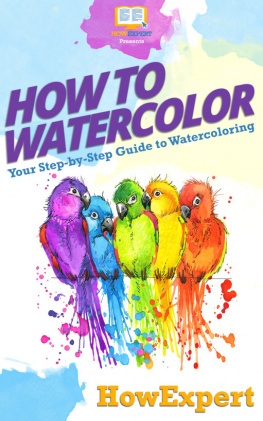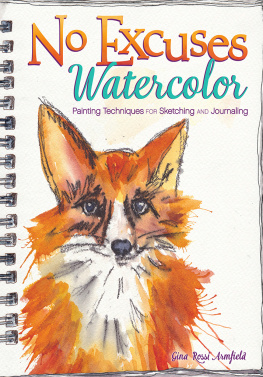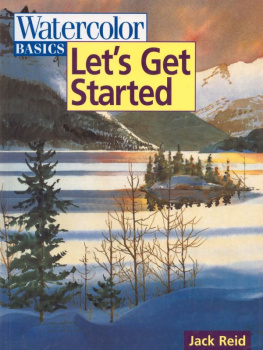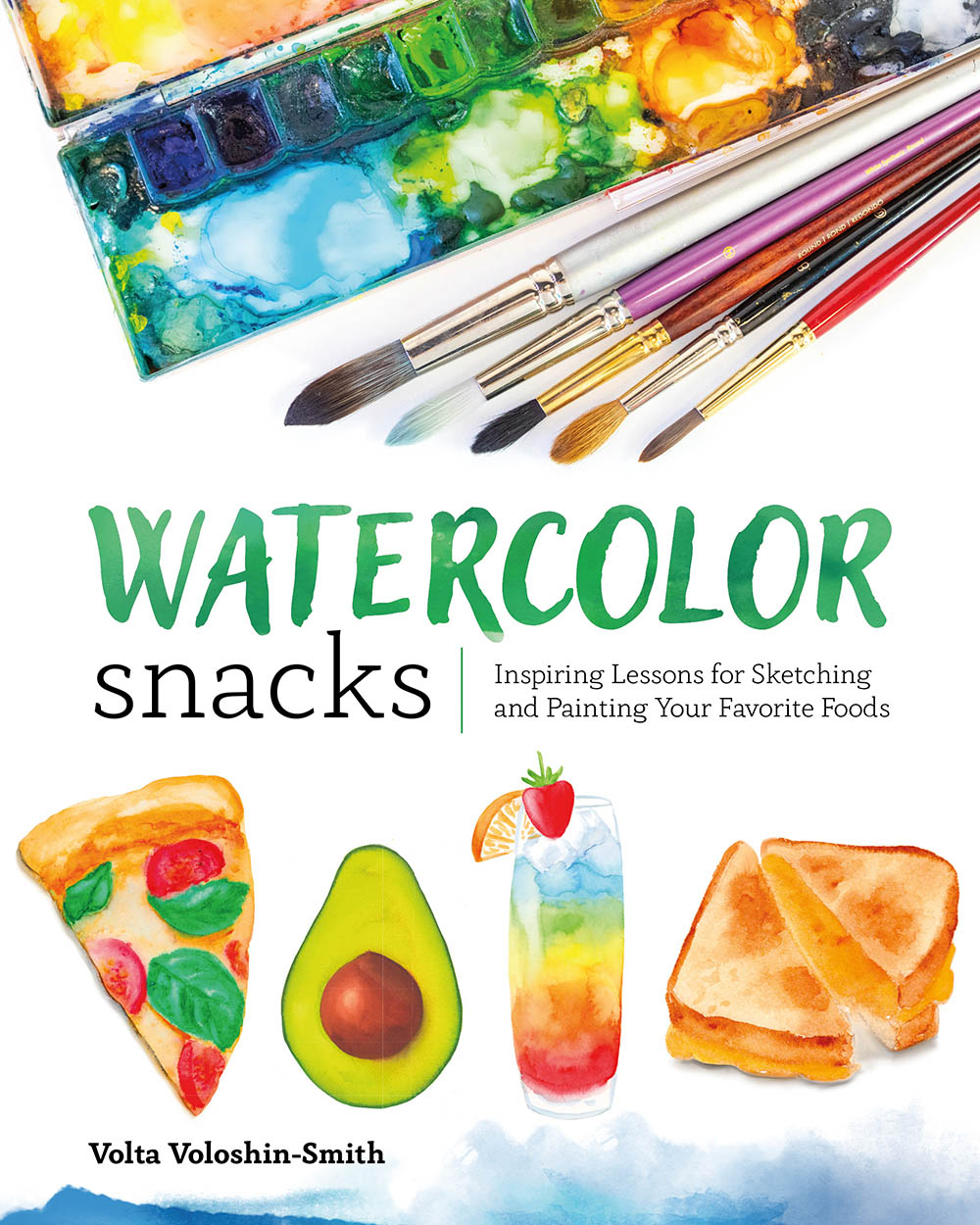WATERCOLOR
snacks
Inspiring Lessons for Sketching and Painting Your Favorite Foods
Watercolor Snacks
Inspiring Lessons for Sketching and Painting Your Favorite Foods
Volta Voloshin-Smith
Colorsnack.com
Editor: Kelly Reed
Project manager: Lisa Brazieal
Marketing coordinator: Mercedes Murray
Copyeditor: Joan Dixon
Interior layout: Aren Straiger
Cover production: Aren Straiger
Cover Images: Volta Voloshin-Smith and Bri Crow Photography
ISBN: 978-1-68198-715-6
1st Edition (1st printing, July 2021)
2021 Volta Voloshin-Smith
All photographs Volta Voloshin-Smith except author photo by Bri Crow Photography.
Rocky Nook Inc.
1010 B Street, Suite 350
San Rafael, CA 94901
USA
www.rockynook.com
Distributed in the UK and Europe by Publishers Group UK
Distributed in the U.S. and all other territories by Ingram Publisher Services
Library of Congress Control Number: 2020944252
All rights reserved. No part of the material protected by this copyright notice may be reproduced or utilized in any form, electronic or mechanical, including photocopying, recording, or by any information storage and retrieval system, without written permission of the publisher.
Many of the designations in this book used by manufacturers and sellers to distinguish their products are claimed as trademarks of their respective companies. Where those designations appear in this book, and Rocky Nook was aware of a trademark claim, the designations have been printed in caps or initial caps. All product names and services identified throughout this book are used in editorial fashion only and for the benefit of such companies with no intention of infringement of the trademark. They are not intended to convey endorsement or other affiliation with this book.
While reasonable care has been exercised in the preparation of this book, the publisher and author assume no responsibility for errors or omissions, or for damages resulting from the use of the information contained herein or from the use of the discs or programs that may accompany it.
This book is printed on acid-free paper.
Printed in China.
To Dan, my husband,
who believed in my potential for being an artist before I did.
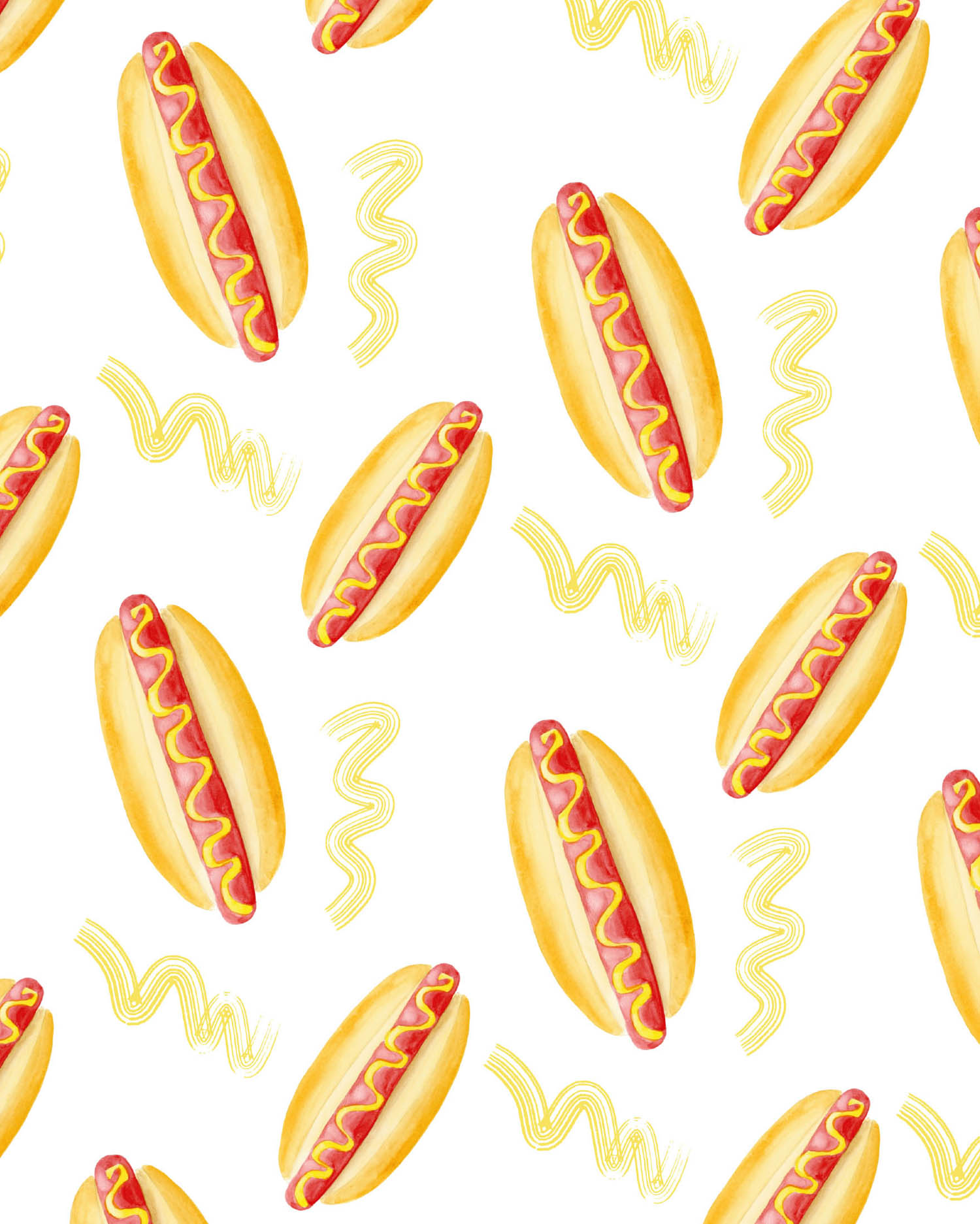
Table of Contents
Introduction
I never went to art school. My ignorance was bliss. I didnt know how many ways my art could go wrong so I was open to trying anything! In fact, I didnt expect myself to be any good at all, so my focus was to just try new things, experiment, and essentially play with colors. My intention is to encourage you to do the same: whether youre a beginner or a seasoned artist, I hope you find some useful and inspiring tips to get you creating on a consistent basis. And since food is such a huge part of our lives, theres always something inspiring and yummy to paint.
Watercolors are my favorite medium for several reasons. First, I find the way water interacts with pigment incredibly soothing. Second, you dont need a lot of setup time to begin working. Typically, you can get a beginners palette that will come with a wide range of colors in it. So, the time from decision to action is minimized, which I feel is important. We all lead busy, hectic lives, so I encourage any little hack that can allow us to have a bit of creative fun during the day. Another reason I love watercolors is the ability to almost erase accidental marks from the paper. In the coming chapters, Ill share with you a few basic techniques that will make your watercolor paintings pop off the page.
I hope this book inspires you to keep exploring the wonderful world of watercolors with these simple techniques for painting foods. Since this book focuses more on painting than on learning how to draw, Ive put together a bonus PDF that contains all the line drawings found in this book. If youre not a proficient drawer, I dont want that to stop you from experiencing the magic of watercolors! Feel free to trace the drawings with a pencil and then you can get to painting right away.
Recommended Supplies: The Ingredients

Paper
Paper is probably the single most important part of a joyful watercolor experience. Too often, Ive bought cheaper paper and was disappointed because my watercolor paintings did not look the way I wanted them to. For this reason, I highly recommend investing in paper over other materials because the right paper will enhance your experience and will only add more joy to the process.
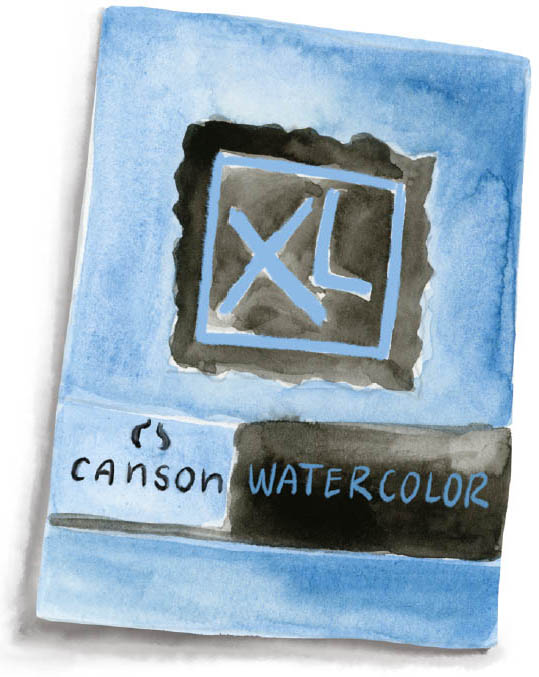
Typical watercolor paper comes in two types: cold press and hot press. Hot press has a very smooth surface, with almost no tooth (or texture). This paper will dry fairly fast. Cold press paper has a slightly textured surface and wont dry as fast because the paint will pool in the textured surface.
Watercolor paper also comes in various weights that essentially indicate how thick or thin a paper is. Water-color paper is measured in pounds (lbs.) and typically ranges from 90 to 300 lbs. The standard and most common weight youll see is 140 lbs. Most papers that are less than 140 lbs will buckle when wet and may even tear, thus ruining the whole experience. (If you do end up using paper that is less than 140 lbs, for example 90 lbs, then be sure to be judicious with water usage). Even 140 lb paper can buckle a bit but its manageable and given that well be working on food illustrations and not applying a lot of water onto the paper, you shouldnt need to stretch the paper. If you choose to stretch your paper, one common way of doing so is to use washi tape around the edges and attach it to a hard board. This will prevent some of the buckling that can occur.
My favorite brand of paper to use in my watercolor workshops, and even for client illustrations, is Cold Press Canson XL Watercolor Pads 140 lbs. A pad of this paper will have one of the edges glued together, which allows for easy tearing once youre done painting. This particular brand also comes in a large pad size of 18"24", which is what I buy because the price is better and its easy to fold and tear the large sheets into smaller sized sheets (and tearing gives us those nice, deckled edges).
Tip:When Im working on a painting, I like to finalize my pencil sketch on copy paper (or any paper just to practice on). I then use a lightbox (or my window) to trace the sketch onto my watercolor paper and then I get to painting. This allows me to work out the kinks in my design and do all the erasing on the copy paper instead of doing it on the watercolor paper. This way, I am less likely to damage the watercolor papers surface if I end up changing my mind and doing a lot of erasing.

Brushes
My most used and overall favorite brush for food paintings is a water brush pen. Its essentially a brush that holds water inside its barrel, which gets released when you squeeze the barrel. My reason for suggesting a water brush pen is so you can work on your food paintings while youre out brunching with your friends.


